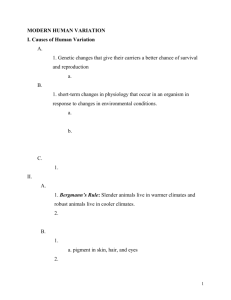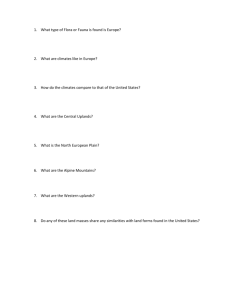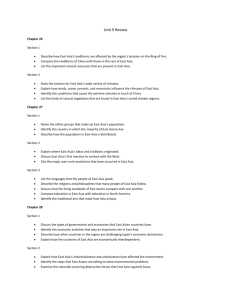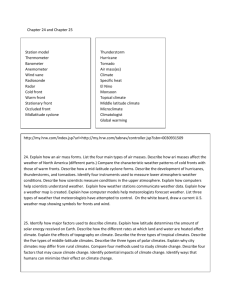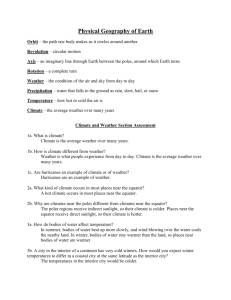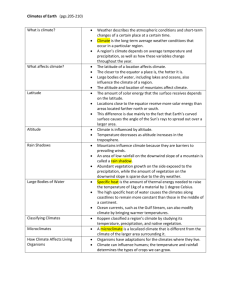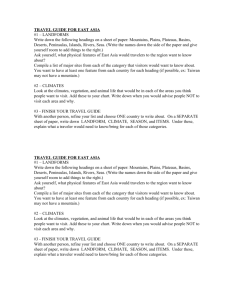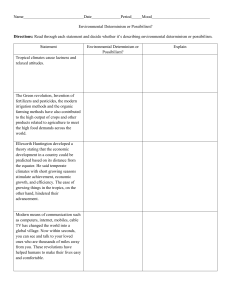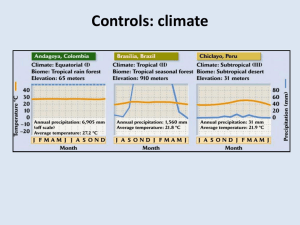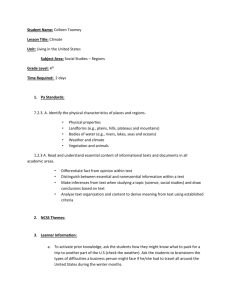Passive House Guidelines Window (doc)
advertisement
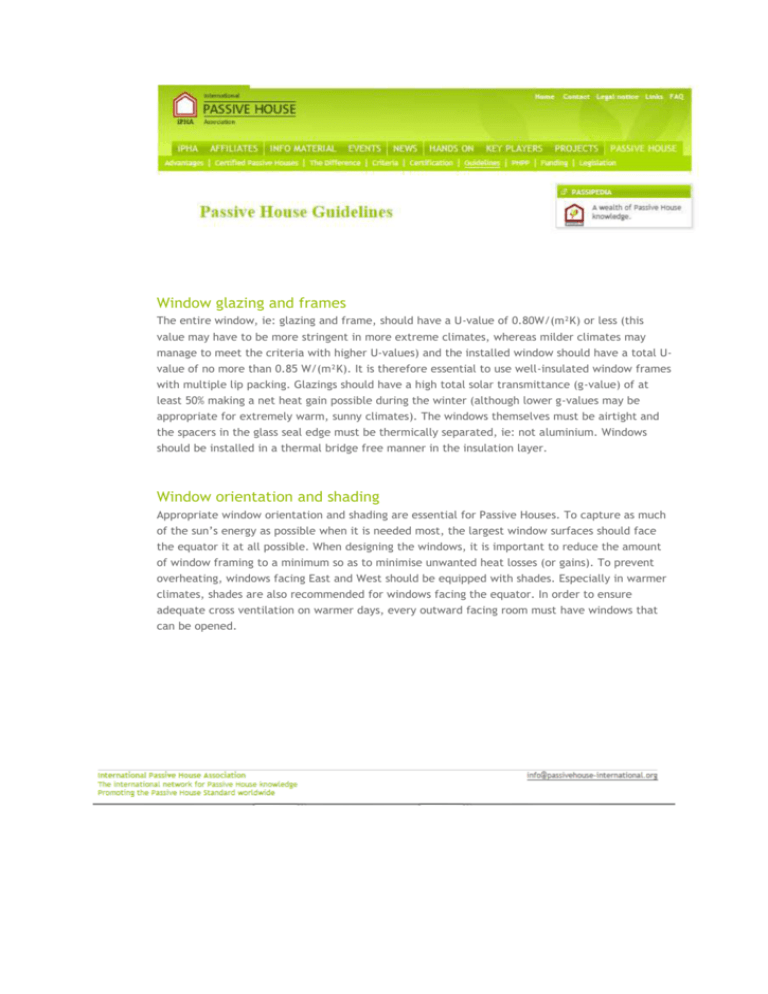
Window glazing and frames The entire window, ie: glazing and frame, should have a U-value of 0.80W/(m²K) or less (this value may have to be more stringent in more extreme climates, whereas milder climates may manage to meet the criteria with higher U-values) and the installed window should have a total Uvalue of no more than 0.85 W/(m²K). It is therefore essential to use well-insulated window frames with multiple lip packing. Glazings should have a high total solar transmittance (g-value) of at least 50% making a net heat gain possible during the winter (although lower g-values may be appropriate for extremely warm, sunny climates). The windows themselves must be airtight and the spacers in the glass seal edge must be thermically separated, ie: not aluminium. Windows should be installed in a thermal bridge free manner in the insulation layer. Window orientation and shading Appropriate window orientation and shading are essential for Passive Houses. To capture as much of the sun’s energy as possible when it is needed most, the largest window surfaces should face the equator it at all possible. When designing the windows, it is important to reduce the amount of window framing to a minimum so as to minimise unwanted heat losses (or gains). To prevent overheating, windows facing East and West should be equipped with shades. Especially in warmer climates, shades are also recommended for windows facing the equator. In order to ensure adequate cross ventilation on warmer days, every outward facing room must have windows that can be opened.
